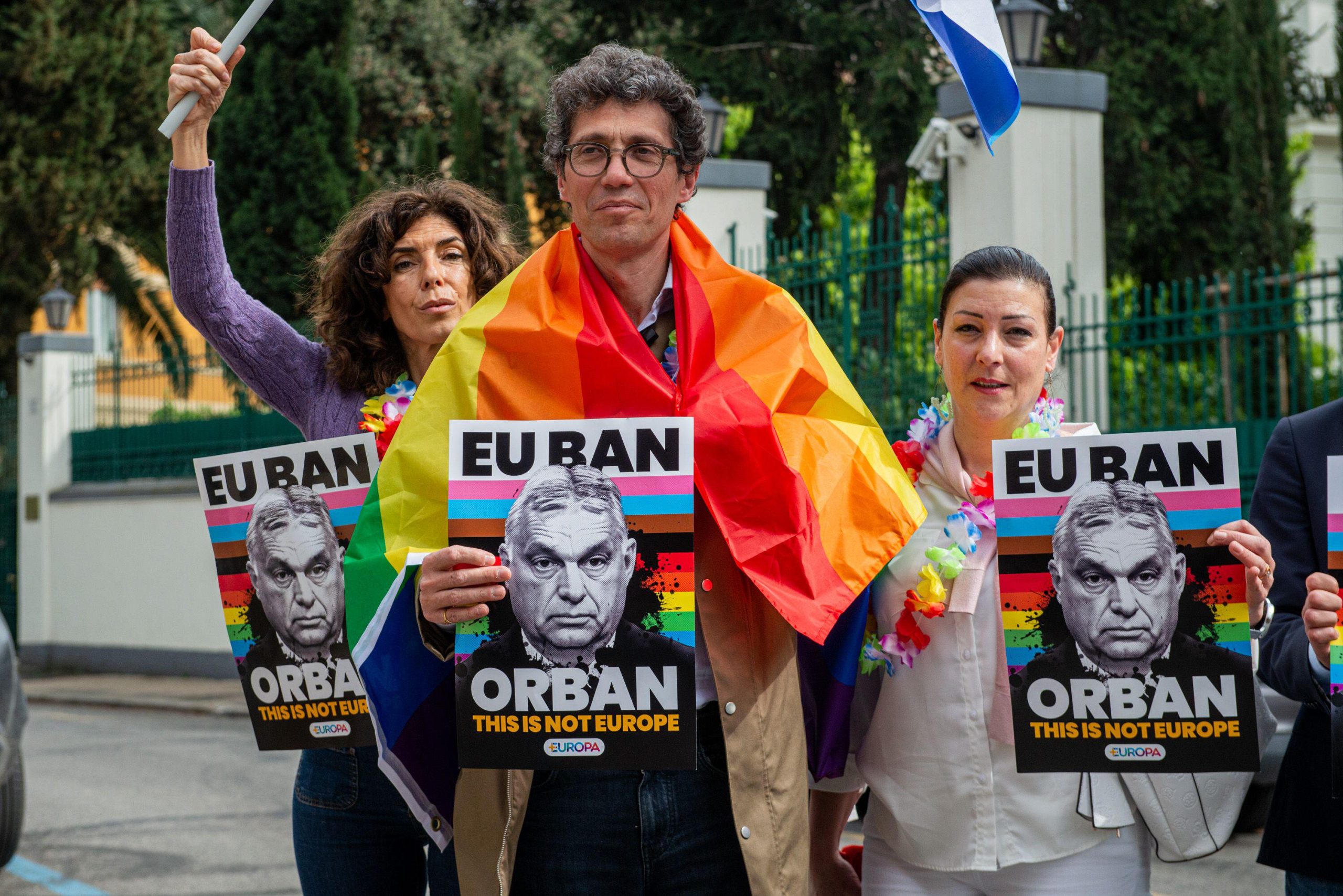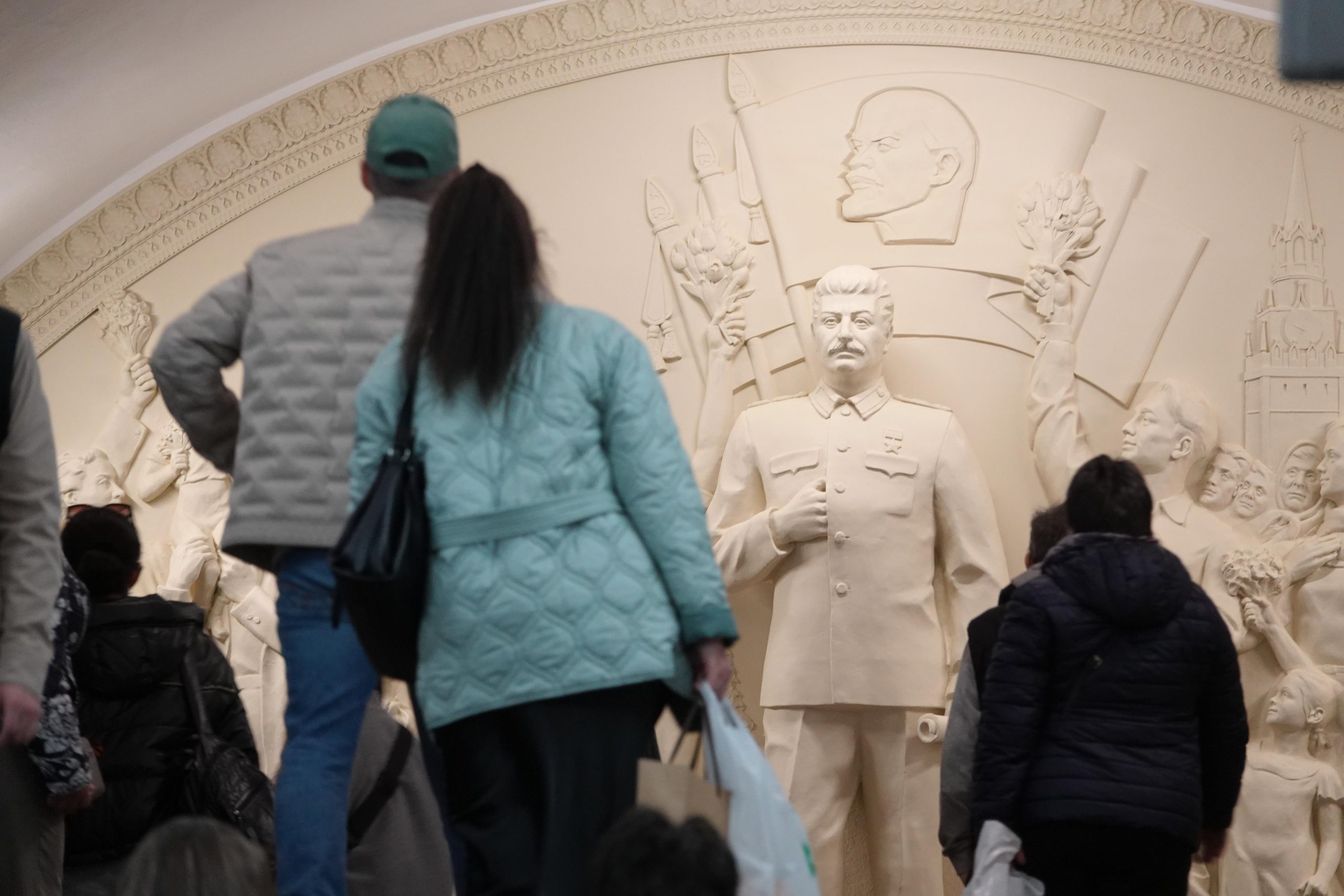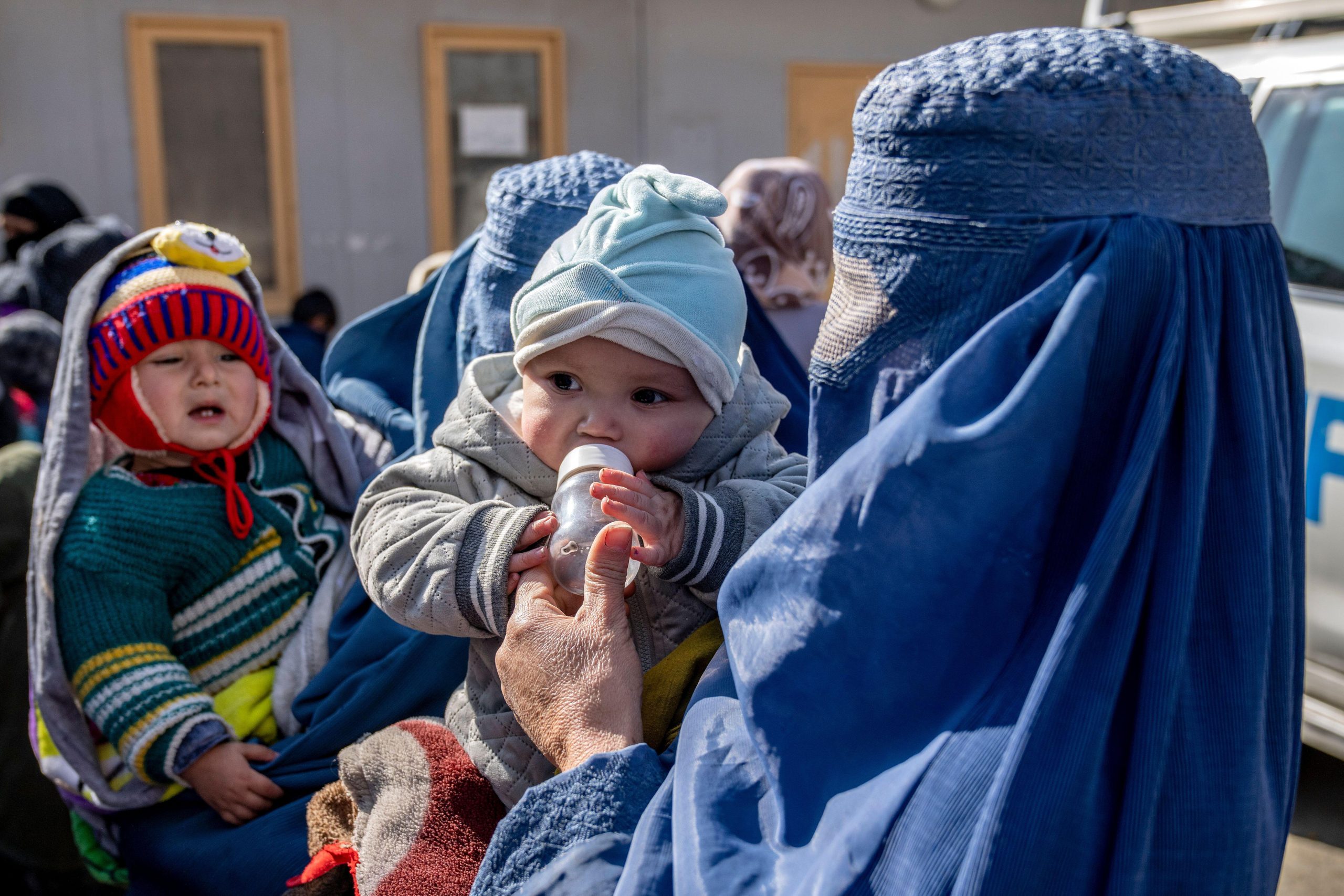As reporters flee fighting in the Swat valley, Zubeida Mustafa reports on the conflict’s effect on Pakistan’s press
“Journalists love the thrill of working in ‘conflict zones’ where they can cover events which change the course of history,” says Mazhar Abbas, the former Secretary General of the Pakistan Federal Union of Journalists (PFUJ). “Sadly, this no longer holds true for Pakistani journalists required to cover the war in the Swat valley where they face dire security threats,” Abbas continues. “Every other day, there is news of journalists being killed or kidnapped, or threats to their families in the war-torn areas.”
These words succinctly sum up the state of war coverage in Pakistan — a country described as the most dangerous in the world by Bill Clinton in 2000. It has become even more unsafe since then. Even before the Pakistan army went on the offensive against the Taliban in Swat last week, the media faced many challenges. Before the region became a theatre of war, it was in the grip of sporadic violence, with the two sides locked in a battle for the hearts and minds of the people. Not surprisingly, the role of the press, television and radio assumed vital importance, with journalism shaping the views of the everyday man.
Two years ago the Taliban seized the upper hand by setting up FM radio stations to disseminate their propaganda. These radio stations spewed hate messages, as well as do’s and don’ts supposedly derived from the Taliban’s interpretation of religion. One said girls should not be attending school, and another called on parents not to let their children take polio vaccines. The broadcasts were illegal, but the government did not block them.
The mainstream media‘s independence was not appreciated by either side, even in the days when fighting had not escalated to its present level. One high profile murder to take place in Swat was that of journalist Moosa Khankhail in February, killed just after he had filed a story on a radical Islamist leader. It has still not been determined who killed Khankhail. In those days journalists were being hauled up for grilling by the Taliban as well as the army intelligence, if any of them failed to report the story of one side or the other. Both were actually monitoring the media to see who received better coverage. Last month the Taliban sent warnings to some TV channels to behave “or else”. Though the notice was later withdrawn, it sent shivers down many spines.
A total of nine journalists have lost their lives to violence in Pakistan in the last year, according to the World Press Freedom Report 2008-09. The report also lists 23 cases of physical harm, intimidation and abduction that involved journalists and affected their work. How can the media, let alone the rest of the county, consider themselves to be safe?
It is not just the targeted killing of journalists and use of threats that are destroying journalism in the Swat Valley. The Taliban’s austere brand of Islam bans music, visuals and any form of entertainment, and force is freely used to ensure the observance of the ban. As a result cable operators are winding down business and newspapers are being shut. Journalists are leaving the area or moving their families to safer venues. Not many remain to report the war. It is not truth that is the biggest casualty of the Swat conflict. It is journalism itself.
Mazhar Abbas, who has for years waged a tenacious battle for the improvement of the working conditions of journalists in Pakistan, defends the decision of many media men to move. He said:
“They are so poorly paid — on an average they draw a monthly pay of less than US$200 and have no life insurance cover — that can you honestly expect them to risk their lives? Only one or two TV channels provide their staff with flak jackets and helmets. Until recently, they had no training on how to report from hostile environments. It is the PFUJ, in cooperation with the International Federation of Journalists, that has trained more than 200 Pakistani journalists working in the conflict zones.”
For decades, dictatorships and the press were never comfortable in each other’s company. Though the country has seemingly entered an age of democracy and press freedom, old traditions die hard in Pakistan. Journalism has still to gain the prestige it enjoys elsewhere. In war situations it becomes harder still to get people to lay their lives on the line, to keep the media going.




